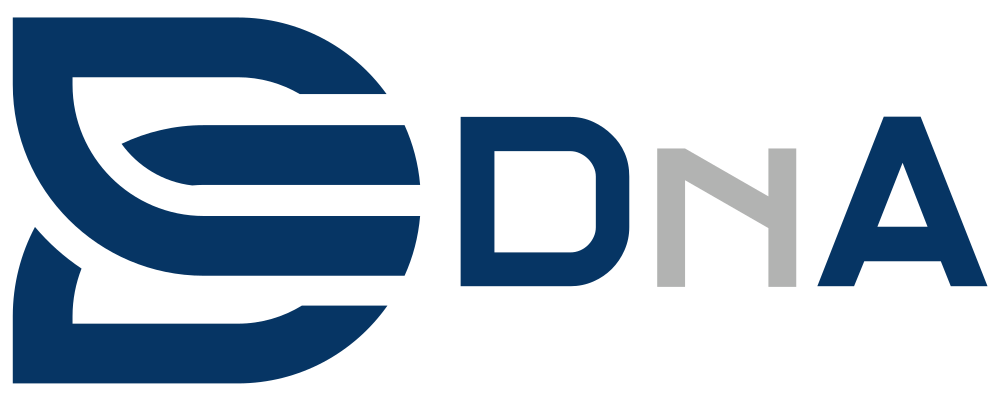Achieving Hyperautomation and Process Optimisation with BusinessOptix and FlowCentric Processware
- Danica Tupa

- Oct 3, 2024
- 3 min read
Introduction to Hyperautomation
Hyperautomation refers to the application of advanced technologies, such as rapid process discovery (RPD), artificial intelligence (AI), machine learning (ML), digital process automation (DPA) and robotic process automation (RPA), to automate complex business processes. By integrating multiple technologies, businesses can automate not just simple tasks but entire end-to-end processes, ultimately enhancing operational efficiency, reducing human errors, and driving continuous improvements.
To achieve hyperautomation, businesses need a mix of platforms that facilitate process discovery, process automation, and AI-driven decision-making. Here’s how BusinessOptix, FlowCentric Processware, embedded automation technologies, and AI combine to achieve this.
BusinessOptix: Process Discovery, Modelling and Process Optimisation
BusinessOptix serves as the foundation for hyperautomation by providing a comprehensive platform for process discovery, modelling, and simulation. It allows businesses to map out their entire workflows, identify inefficiencies, and simulate improvements. Key features of BusinessOptix that drive hyperautomation and process optimisation include:
Rapid Process Discovery (Process Mining and Modelling): Identifies and visualise existing processes to gain insights into bottlenecks and inefficiencies. This synergy provides a data – driven approach to process optimisation, showing clearly where automation can be applied.
Scenario Modelling & Simulation: This feature enables businesses to test various automation strategies, predict outcomes, and make informed decisions before implementing automation in real-world processes.
Data-Driven Process Optimisation: BusinessOptix’s use of data to refine processes ensures that automation efforts are targeted at areas that will yield the most significant improvement.
FlowCentric Processware: Enabling Hyperautomation and Process Optimisation in Complex Workflows
FlowCentric Processware complements BusinessOptix by enabling the automation of complex workflows across departments, systems, and stakeholders, ensuring seamless data flow and process consistency. This platform excels in integrating existing systems with new automation initiatives, ensuring seamless data flow and process consistency.
FlowCentric Processware's role in hyperautomation includes:
Workflow Automation: Automates repetitive tasks and manages complex workflows, ensuring that tasks are completed in a consistent and timely manner.
Integration with AI & RPA Tools: FlowCentric Processware integrates with AI and RPA technologies to automate data entry, reporting, and other manual processes, enabling businesses to automate both simple and complex tasks.
Scalability: As businesses grow, FlowCentric Processware supports scalability by adjusting to the increasing complexity of business processes.
AI and Automation Technologies: Driving Hyperautomation and Process Optimisation
The use of AI in hyperautomation is essential for tasks that require cognitive decision-making. AI is essential for tasks requiring cognitive decision-making within hyperautomation. Combined with automation technologies like DPA and RPA, AI can transform businesses by enabling:
Automated Decision Making: AI can process vast amounts of data and make real-time decisions, which can be embedded into workflows to ensure automated, data-driven decision-making.
Natural Language Processing (NLP) and Machine Learning (ML): AI technologies can enhance automation by analysing documents, extracting key information, and learning from data patterns to make improvements over time.
Predictive Analytics: AI can forecast future outcomes, allowing businesses to anticipate trends and automate responses, such as adjusting inventory levels or staffing resources.
The Hyperautomation Journey: From Process Discovery to Optimisation with BusinessOptix and FlowCentric Processware
By integrating BusinessOptix for process discovery and simulation, FlowCentric Processware for workflow automation, and AI for cognitive decision-making, businesses can achieve hyperautomation in a phased manner:
Step 1: Discover and Map Processes: Use BusinessOptix’s process mining and modelling tools to map existing workflows and identify inefficiencies.
Step 2: Automate Key Workflows and Processes: Apply FlowCentric Processware’s digital process automation (DPA) capabilities to the identified processes, ensuring seamless integration with existing systems.
Step 3: Implement AI and RPA: Use AI and RPA to further automate cognitive tasks, such as decision-making, reporting, and data extraction.
Step 4: Monitor and Optimise: Continuously monitor the performance of automated processes within FlowCentric Processware and BusinessOptix using real-time data, refining them as needed to drive continuous improvement.
Conclusion: Achieving Hyperautomation and Process Optimisation with BusinessOptix and FlowCentric Processware
Achieving hyperautomation requires a cohesive strategy that combines process discovery, workflow/process automation, and AI-driven decision-making. With BusinessOptix and FlowCentric Processware at the core, along with embedded powerful automation and AI tools, businesses can achieve operational efficiency, reduce errors, and scale their operations rapidly while maintaining compliance and control. Hyperautomation is the future of business, and the integration of these platforms provides a clear path to success.
By following this structured approach, organisations can transition from basic automation to a hyperautomated environment, driving significant improvements in efficiency, accuracy, and decision-making.
Contact DnA Digital Technologies today, your trusted Value Adding FlowCentric and BusinessOptix Partner. Discover how BusinessOptix and FlowCentric Processware can optimise your processes and meet your unique organisational needs. Reach out now and take the first step towards innovation and excellence!
Copyright © DnA Digital Technologies s.r.o. 2024





